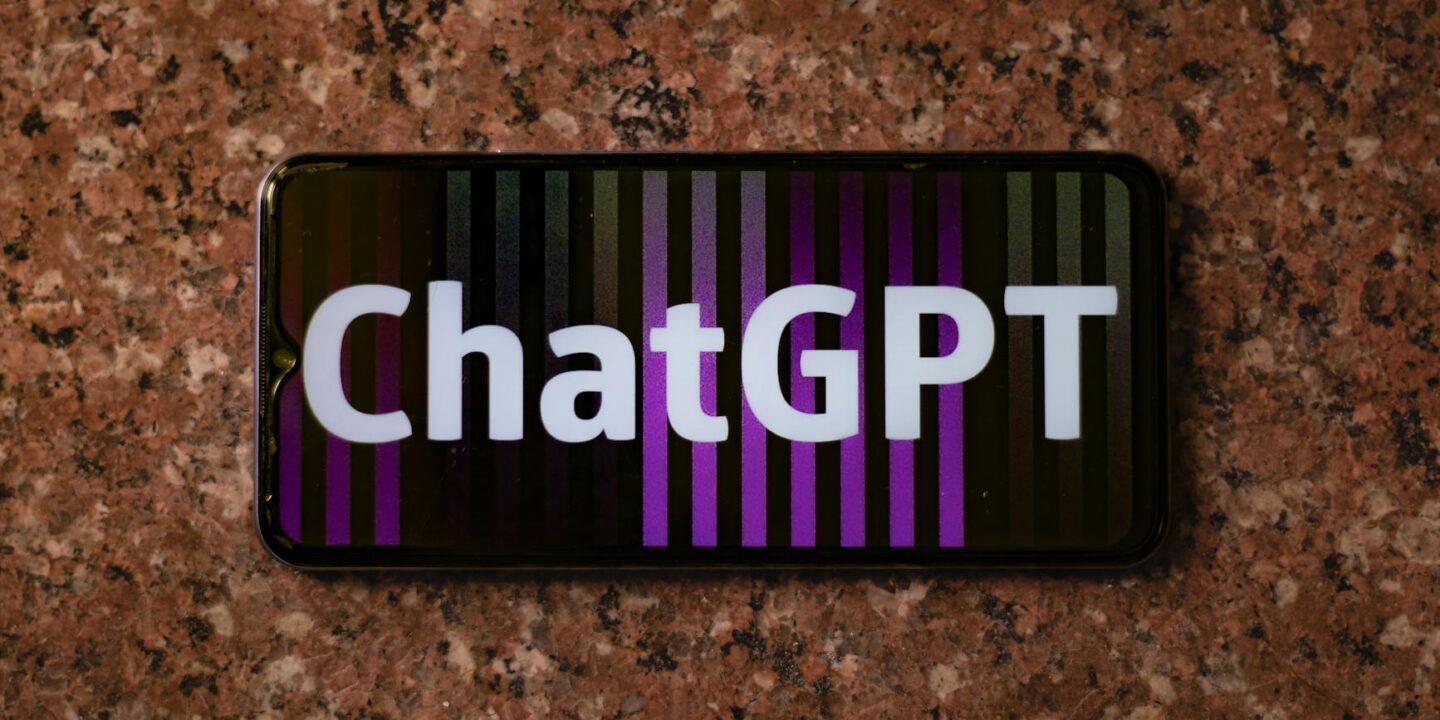
Enhancing AI-Generated Content
Challenges in AI Text Generation
AI tools have made significant strides in content creation, but they often struggle to produce text that resonates with readers on a human level. One major challenge is ensuring that AI-generated content can bypass both human and algorithmic detection (OpenAI Community). Additionally, many AI outputs might lack a unique human touch, making them feel generic or impersonal. It’s crucial for writers to recognize the limitations of AI in capturing the subtleties of human emotion, creativity, and contextual relevance, which are vital for impactful writing.
Another issue lies in the focus on quantity over quality. While AI can generate content at scale, there is a growing concern regarding low-quality or spammy text that fails to provide genuine value to users. Websites hosting such material may find their rankings impacted negatively due to search engine preferences for high-quality, engaging content.
Strategies to Humanize AI Content
To effectively humanize AI-generated text, you can implement several strategies:
-
User-Centric Approach: Write with the audience in mind. Focus on creating content that is informative, engaging, and useful. This approach ensures that the content speaks directly to the reader’s needs and interests.
-
Emotional Engagement: Incorporate personal anecdotes and real-life examples. These elements add depth to the writing and help establish a connection with readers. Humans are naturally drawn to stories that evoke emotions, making this strategy particularly effective.
-
Refinement Through Editing: After generating content with AI, edit it thoroughly. Research shows that AI-generated texts are often preferred when they undergo final human editing (GetGenie). This step allows you to adjust tone, ensure consistency in brand voice, and make the content more engaging.
-
Utilizing AI Humanizer Tools: Tools like Word Spinner can help transform AI-generated content into more natural-sounding text, making it less detectable by popular AI detectors—such as GPTZero and Copyleaks. These tools refine AI output to align more closely with human expression.
-
Focus on Collaboration: Recognize that while AI can assist in content creation, it is essential to blend machine efficiency with human creativity. Machines can handle high-volume tasks, but they require human oversight to adapt to unique situations where creativity comes into play.
-
Incorporate Idiomatic Expressions: Ensure that the generated content reflects everyday language, idioms, and nuances that people use in conversation. This practice will make the text feel more relatable and natural.
By employing these strategies, you can successfully humanize your AI content, enhancing its relevance and engagement for your audience. For further insights on transforming AI output into authentic human-like content, explore our articles on how to humanize ai content for free? and how to convert ai content to human?.
Detecting AI-Generated Text
Understanding how to identify AI-generated content can be essential for ensuring authenticity in writing. Recognizing certain characteristics and utilizing specific tools can help you determine whether a text is human-produced or machine-generated.
Characteristics of AI Text
AI-generated text often exhibits distinct characteristics that can aid in its detection. Some of these features include:
- Lack of Coherence: AI texts may sometimes lack a logical flow, making them difficult to read.
- Repetitive Patterns: AI tends to repeat phrases or structures, leading to redundancy.
- Errors Typical of Language Models: Common grammatical mistakes or awkward phrasing that a human writer might avoid can signal AI authorship (AI Busted).
Recognizing these signs can help you assess the credibility of written content. However, distinguishing between human and AI-generated text can sometimes be challenging and may require a more in-depth analysis.
Tools for Authenticity Assessment
To help determine the nature of the text, several tools can be employed for assessing authenticity:
| Tool Name | Description |
|---|---|
| GPTZero | Detects AI-generated content through linguistic patterns. |
| Originality | Analyzes text for originality and potential AI creation. |
| Copyleaks | Detects plagiarism as well as AI-generated text features. |
| Words Spinner | Humanizes AI content, making it blend with human writing styles (Word Spinner). |
These tools can be invaluable when you want to confirm the source of a piece of writing. While they may not always be foolproof, they provide a helpful starting point in determining whether a text retains the human touch needed for effective communication.
If you’re interested in making AI-generated content feel more authentic, consider exploring techniques in our article on how to humanize AI content for free?. For further reading on transforming AI text, see our piece on how to convert AI content to human? and learn how to enhance chat AI with how to humanize chat GPT content?.
Personalizing AI Content
In the realm of AI-generated content, personalizing your output can bridge the gap between machine-generated text and human authenticity. This ensures that the content resonates with your audience and meets their needs.
Embracing Human Touch
To infuse a human element into AI-written content, prioritize user-centric approaches that emphasize clarity and relatability. Focus on creating material that is informative and useful rather than solely aiming to manipulate perception. As mentioned by AI Busted, the goal should be to foster an engaging experience that resonates with readers. Here are a few strategies to embrace a human touch:
| Strategy | Description |
|---|---|
| Use Personal Pronouns | Incorporate words like “you” and “your” to directly address the reader. |
| Share Personal Anecdotes | Include relatable stories or experiences to engage readers emotionally. |
| Employ Conversational Tone | Write as if you are having a conversation, using a friendly and approachable style. |
Leveraging Personalization Techniques
Utilizing personalization techniques can enhance the human aspect of your AI content. Here are some effective methods:
-
Tailor Content to Audience Needs: Focus on the specific interests and needs of your audience. Identifying demographic elements such as age, interests, and preferences can lead to more relevant content.
-
Incorporate Emotion AI: Leverage emotion AI technologies to detect and respond to the emotional needs of your audience. This can be particularly beneficial in fields like marketing and customer service. By understanding moods and preferences, you can create content that resonates deeply (MIT Sloan).
-
Utilize User Feedback: Collecting feedback from your audience allows for continuous improvement. Incorporate user suggestions and preferences into your content creation process.
By combining human touch with personalization techniques, you can produce content that feels authentic and engaging. For more insights, visit our articles on how to humanize AI content for free? and how to convert AI content to human?. Remember, the balance of emotion and tailored experiences is essential for crafting content that truly connects with readers.
Creating Engaging AI Content
To engage your audience effectively, creating compelling AI-generated content is essential. This involves employing the right writing techniques and understanding how to harmoniously blend AI capabilities with human creativity.
Writing Approaches
When generating content using AI tools, certain writing strategies can enhance the output’s human-like quality. Here are some techniques you can use:
| Approach | Description |
|---|---|
| Use Conversational Tone | Write as if you are having a conversation with your reader. This makes the content more relatable and engaging. |
| Incorporate Personal Stories | Add anecdotes or personal experiences to give the text a personal touch. This helps connect with your audience on an emotional level. |
| Ask Questions | Encourage reader interaction by posing questions throughout the content. This invites them to reflect and engage more deeply with your message. |
| Inject Humor | When appropriate, light humor can make the content more enjoyable and approachable. It creates a friendly atmosphere that resonates with readers. |
Employing these writing techniques can help mitigate the challenge of AI tools producing content that often lacks a unique human essence (OpenAI Community).
Balancing AI and Human Creativity
To effectively humanize AI text, finding a balance between AI capabilities and human creativity is vital. AI can process vast amounts of data and generate relevant content, but it lacks the nuances that only human intuition, empathy, and creativity can provide.
-
Emphasize Unique Insights: Only you can offer personal insights and unique perspectives that resonate with your audience. Make sure to infuse your content with these distinct viewpoints.
-
Leverage Personalization: Use AI tools to analyze customer data for hyper-personalization. AI can help tailor your content based on insights from thousands of customer interactions, but human intervention is required for responsible personalization that builds trust (Qualtrics).
-
Foster Emotional Connections: AI can generate text but lacks the ability to create genuine emotional connections. Being empathetic and understanding your audience’s feelings is critical in crafting messages that stick.
-
Maintain Ethical Standards: Practicing responsible personalization is crucial for ensuring data security and compliance with privacy regulations like GDPR and CCPA. Focus on building trust with your audience and give them control over their data (Dynamic Yield).
By implementing these writing approaches and understanding the importance of balancing AI capabilities with your own creativity, you can effectively enhance AI-generated content. For more insights into the humanization process, check out our articles on how to humanize ai content for free? and how to convert ai content to human?.




